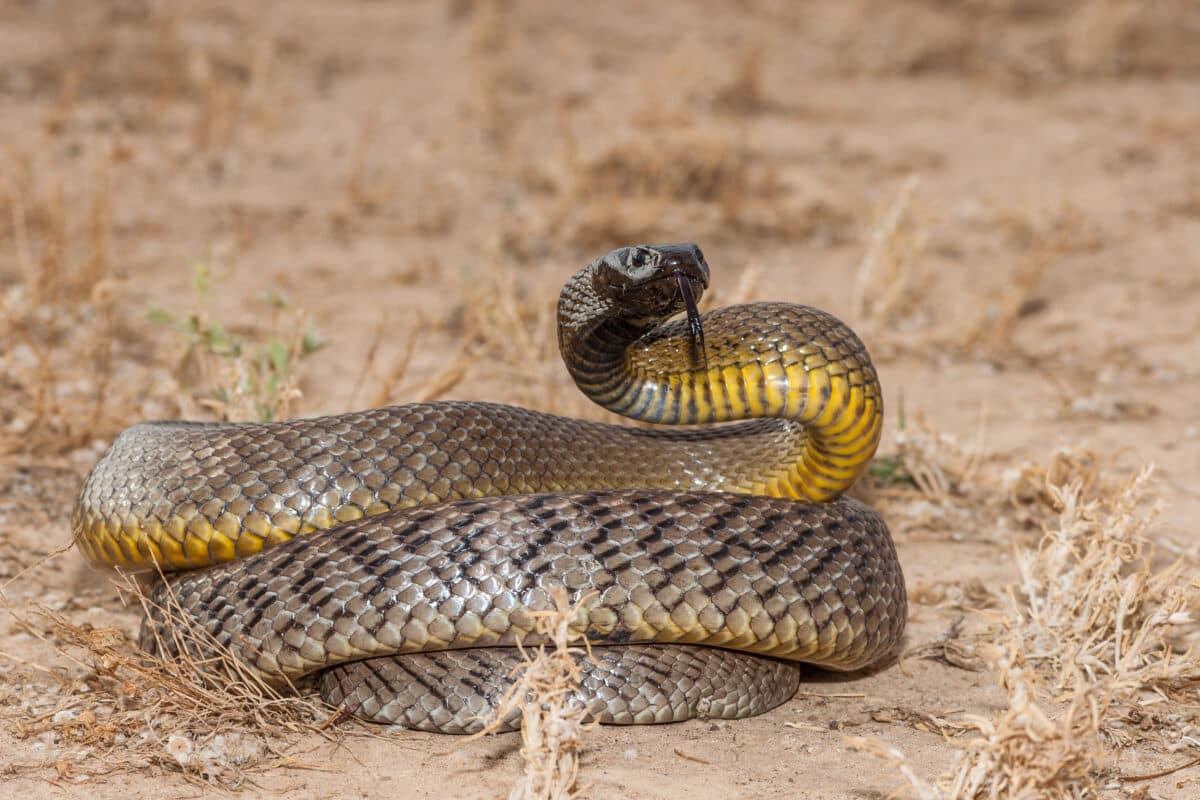Introduction
Snake bites are not only a terrifying prospect but can also pose serious health risks. Whether you’re hiking in the wilderness, exploring rocky terrains, or simply enjoying a picnic near grasslands, understanding how to react to a snake bite is crucial. This extensive guide aims to equip you with the knowledge needed for effective first aid for snake bites, ensuring that when every second counts, you’re prepared to act decisively.
Understanding the Types of Snakes and Their Venom
Different Types of Snakes
Before delving into more info first aid techniques, it's important to understand the types of snakes that exist and their respective venoms. In general, snakes can be categorized into two main groups: venomous and non-venomous.

Recognizing Venomous Snakes in Your Area
Knowing which snakes are common in your region is essential for prevention baby Tiger Snake and response. For example:
- Australia has some of the most venomous snakes globally such as the Inland Taipan and Eastern Brown Snake. In the United States, rattlesnakes and cottonmouths pose significant risks.
Snake Bite First Aid: What to Do When Every Second Counts
When bitten by a snake, your immediate response can be life-saving. The following guidelines provide critical steps for snake bite first aid.
Immediate Actions After a Snake Bite
Stay Calm: Panic can increase your heart rate and spread venom more quickly through your bloodstream. Call Emergency Services: Seek medical attention immediately; time is crucial. Keep the Affected Limb Still: Immobilize the area by keeping it at or below heart level.First Aid Steps for Snake Bites
Step 1: Assessing the Situation
- Determine whether the snake is venomous or non-venomous. If possible, take note of its color and patterns without approaching it.
Step 2: First Aid Management of Snake Bite
Here’s a detailed list of first aid measures:
| Step | Action | |------|--------| | 1 | Call emergency services immediately | | 2 | Keep the victim calm and still | | 3 | Remove tight clothing or jewelry near the bite | | 4 | Apply a splint if necessary | | 5 | Monitor breathing and pulse |
Step 3: Avoiding Common Mistakes
It’s vital to avoid actions that could worsen the situation:
- Do NOT apply ice or tourniquets. Refrain from attempting to suck out venom. Avoid drinking alcohol or caffeine.
Building Your Snake Bite First Aid Kit
A well-equipped snake bite first aid kit is essential for anyone who frequents areas where snakes are present. Here’s what should be included:
Essential Items for a Snake Bite First Aid Kit
Antiseptic wipes Adhesive bandages Compression bandages Splints Pain relief medication (e.g., ibuprofen) A guidebook on local wildlifeFirst Aid Care for Snake Bites with Pictures
Visual aids can enhance understanding significantly when it comes to first aid procedures:
- Use diagrams that illustrate how to position an affected limb. Include images demonstrating proper application of bandages.
First Aid Techniques for Specific Types of Bites
Different snakes may require slightly different approaches due to variations in venom toxicity.
Rattlesnake Bite Treatment Steps
Keep calm. Immobilize limb at heart level. Seek medical help urgently.Understanding Venom Effects on Your Body
The effects of snake venom vary depending on factors like type of snake, amount injected, and individual health conditions:
Neurotoxins: Affect nerve signals leading to paralysis. Hemotoxins: Damage blood cells causing swelling and internal bleeding.FAQs about Snake Bites and First Aid Procedures
1. What should I do if I see a snake?
Stay calm; back away slowly without making sudden movements.
2. How long does it take for symptoms to appear after a snake bite?
Symptoms may manifest within minutes but can sometimes take hours depending on various What are the most venomous snakes in Australia factors.
3. Can I use ice on a snake bite?
No! Ice can cause tissue damage; instead, keep the area immobile and seek medical attention.
4. Should I try to catch or kill the snake after being bitten?
No! It’s best to leave it alone; capturing it may delay treatment and lead to further danger.
5. Is there an antidote for all types of snake bites?
There’s no universal antidote; antivenoms are specific to particular types of snakes.

6. How can I prevent snake bites while outdoors?
Wear boots, stay on trails, avoid tall grasses, and be cautious during dusk and dawn when snakes are active.
Conclusion
Understanding what steps to take when faced with a potential snake bite can save lives—yours or someone else's! By preparing yourself with knowledge about first aid for snake bites—what supplies you need in your kit and how best to respond—you'll be better equipped when every second truly counts in emergency situations involving snakes.
By keeping this comprehensive guide handy—along with visual aids—you'll ensure swift action should an unfortunate encounter occur during your outdoor adventures! Remember that staying composed is key; panic only hinders effective response!

The above outline serves as an extensive resource regarding "Snake Bite First Aid: What to Do When Every Second Counts." Each section provides valuable information aimed at increasing awareness about prevention methods as well as effective treatment options upon sustaining such injuries while enjoying nature's beauty!